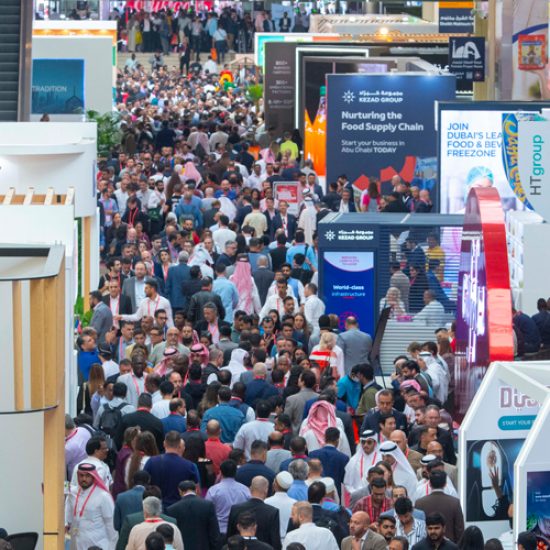TAIPEI A group of Chinese warships lead by the country’s sole aircraft carrier has passed through waters south of Taiwan and is heading southwest, Taiwan’s defence ministry said on Monday of what China has termed a routine exercise.
The ministry said the aircraft carrier the Liaoning, accompanied by five other vessels, had passed 90 nautical miles south of Taiwan’s southernmost point on Monday morning via the Bashi Channel, between Taiwan and the Philippines.
“Staying vigilant and flexible has always been the normal method of maintaining airspace security,” said ministry spokesman Chen Chung-chi, declining to say whether Taiwanese fighter jets were scrambled or if submarines had been deployed.
Chen said the ministry was continuing to “monitor and grasp the situation”.
The exercise comes amid renewed tension over self-ruled Taiwan, which Beijing claims as its own, following U.S. President-elect Donald Trump’s telephone call with the island’s president that upset Beijing.
Senior Taiwan opposition Nationalist lawmaker Johnny Chiang said the Liaoning exercise was China’s signal to the United States that it has broken through the “first island chain”, an area that includes Japan’s Ryukyu Islands and Taiwan.
In Beijing, influential state-run tabloid the Global Times said the exercise showed how the carrier was improving its combat capabilities and that it should now sail even further afield.
“The Chinese fleet will cruise to the Eastern Pacific sooner or later. When China’s aircraft carrier fleet appears in offshore areas of the U.S. one day, it will trigger intense thinking about maritime rules,” the newspaper said in an editorial.
China has been angered recently by U.S. naval patrols near islands that China claims in the South China Sea. This month, a Chinese navy ship seized a U.S. underwater drone in the South China Sea. China later returned it.
Japan said late on Sunday it had spotted six Chinese naval vessels including the Liaoning travelling through the passage between Miyako and Okinawa and into the Pacific.
Japan’s top government spokesman said on Monday the voyage showed China’s expanding military capability and Japan was closely monitoring it.
China’s air force conducted long-range drills this month above the East and South China Seas that rattled Japan and Taiwan. China said those exercises were also routine.
China’s Soviet-built Liaoning aircraft carrier has taken part in previous exercises, including some in the South China Sea, but China is years away from perfecting carrier operations similar to those the United States has practised for decades.
Last December, the defence ministry confirmed China was building a second aircraft carrier but its launch date is unclear. The aircraft carrier programme is a state secret.
Beijing could build multiple aircraft carriers over the next 15 years, the Pentagon said in a report last year.
(Reporting by J.R. Wu; Writing by Ben Blanchard; Editing by Robert Birsel)




